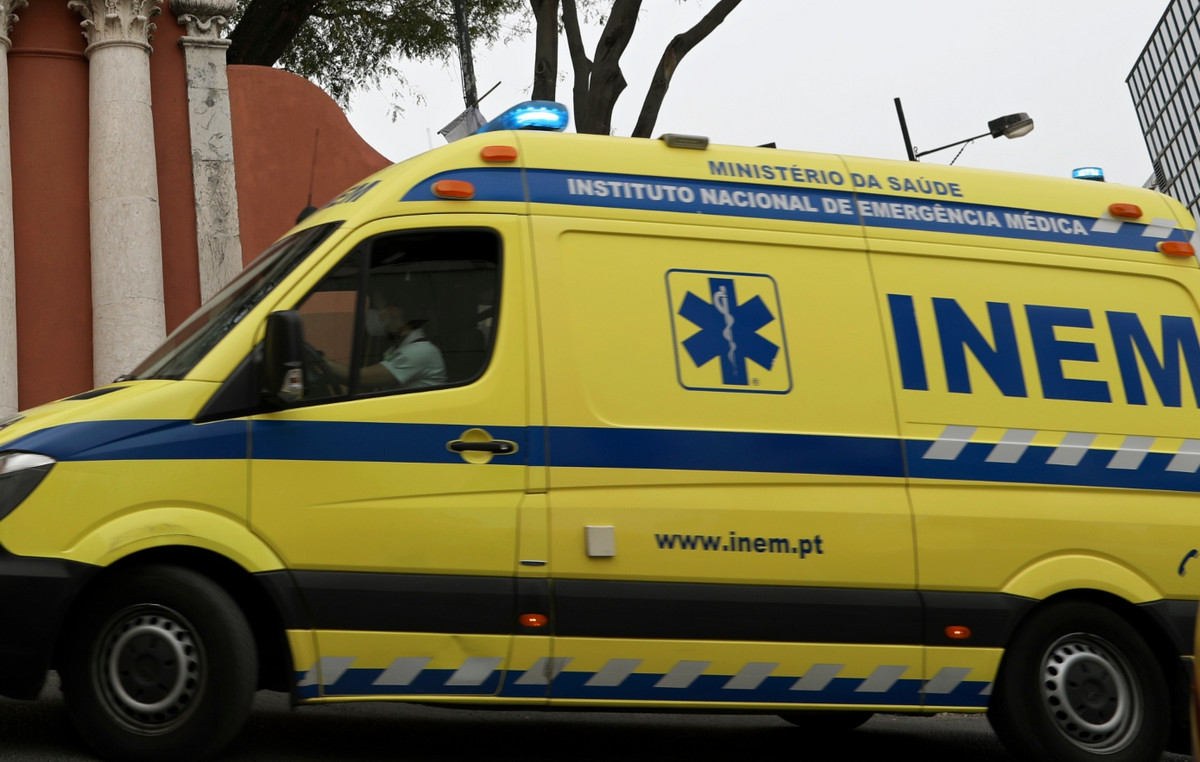Of the 27 federative units in the country, only seven are outside the alert zone in relation to the occupancy rates of Intensive Care Unit (ICU) beds for the treatment of Covid-19, in the network of the Unified Health System (SUS). There are nine states in the critical alert zone, that is, with occupancy equal to or greater than 80%, and 11 in the intermediate alert zone, whose rates vary between 60% and 80%.
The data were released this Thursday (10), in the Technical Note of the Covid-19 Observatory of the Oswaldo Cruz Foundation (Fiocruz), and the numbers refer to the 7th of this month. In comparison with the bulletin released last week, referring to January 31, the number of states in the critical zone remained the same.
The survey also showed that 11 states increased the number of ICU beds. In the states of Amazonas, Rio de Janeiro, Mato Grosso do Sul, Mato Grosso and Goiás, these increases brought some improvement in occupancy rates. In Piauí, Pernambuco, Bahia, Espírito Santo and Paraná, the increase in beds only provided the maintenance at relatively stable levels. In Ceará, however, even with more beds available, there was a worsening in the occupancy rate.
According to the researchers, this addition of beds could be larger and more efficient.
“As mentioned earlier, the pattern of bed reopening has been reactive and conservative, possibly with deliberately managing fees at high levels,” they warned.
capitals
The situation is even worse in the capitals. There are 15 cities in the critical alert zone, five in the intermediate zone, five outside the alert zone and two that have not disclosed their bed occupancy rates. In relation to the last bulletin released last week, there are two more capitals in the critical zone.
While two capitals left the critical zone (Manaus and Macapá), four others entered this high alert zone – Porto Velho, Rio Branco, Palmas and João Pessoa. The cities of Belém and Aracaju did not make their data available and, therefore, were not included in the survey.
The researchers drew attention to the persistence of ICU bed occupancy rates at critical levels in both state capitals and states. Among these, they highlighted states and capitals in the Northeast, Midwest and Espírito Santo, and speculated that these high rates may be associated “with tourism-induced movement during the summer”.
The bulletin again highlighted the concern with the spread and internalization of the Ômicron variant in the country, especially in regions where there is still low vaccination coverage and precarious resources. These factors, the researchers say, could lead to an increase in the number of deaths and severe conditions from Covid-19.
“As we have underlined, the very high transmissibility of the Ômicron variant can incur a significant demand for hospitalizations in ICU beds, even with a lower probability of the occurrence of severe cases”.
Once again, Fiocruz reinforced the need to continue advancing with the vaccination of Covid-19 in the country, especially among children between 5 and 11 years old, the importance of requiring a vaccination passport, the mandatory use of masks in public places and the increase in of campaigns “to guide the population and self-isolation when presenting symptoms, avoiding transmission”.
Check out an excerpt from the note with the occupancy rates of ICU beds in states and capitals:
“The states of Piauí (87%), Rio Grande do Norte (86%), Pernambuco (88%), Espírito Santo (83%), Mato Grosso do Sul (103%), Goiás (91%) and the Federal District (97%) remained in the critical alert zone, where Amazonas (80%) and Mato Grosso (86%) also entered. In the intermediate alert zone, Pará (74%), Amapá (69%), Tocantins (78%), Ceará (67%), Bahia (74%), Rio de Janeiro (62%), São Paulo (72%) remained. %), Paraná (72%), and Alagoas (69%) and Santa Catarina (76%) entered, which were outside the alert zone. Acre (57%), Maranhão (59%), Paraíba (41%), Sergipe (37%), Minas Gerais (37%) and Rio Grande do Sul (54%) remained outside the alert zone. Rondônia (58%) and Roraima (52%) were in the intermediate alert zone.
Among the 25 capitals with published rates, 13 are in the critical alert zone: Manaus (80%), Macapá (82%), Teresina (83%), Fortaleza (80%), Natal (estimated percentage of 89%), Maceió (81%), Belo Horizonte (86%), Vitória (80%), Rio de Janeiro (95%), Campo Grande (109%), Cuiabá (92%), Goiânia (91%) and Brasília (97%) . Nine are in the intermediate alert zone: Porto Velho (77%), Rio Branco (70%), Palmas (72%), São Luís (64%), Recife (77%, considering only municipal public beds), Salvador (68 %), São Paulo (75%), Curitiba (71%) and Florianópolis (68%). Boa Vista (52%), João Pessoa (58%) and Porto Alegre (55%) are outside the alert zone”.
Source: CNN Brasil







